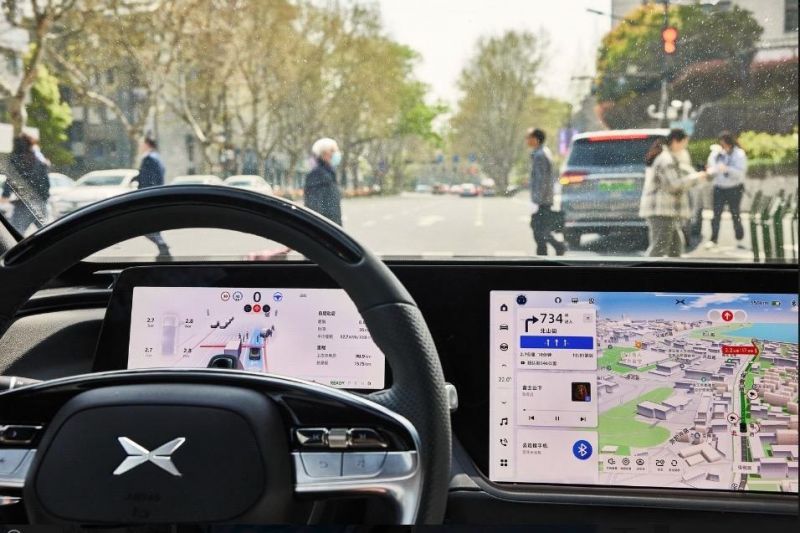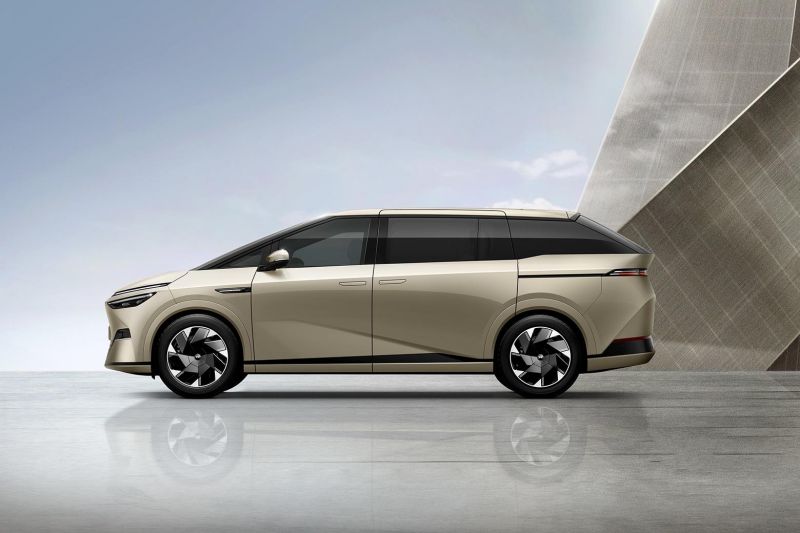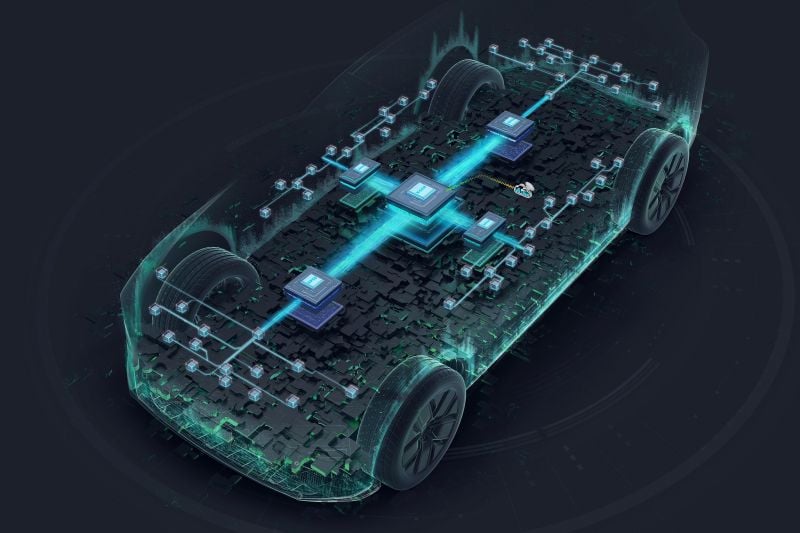Chinese electric vehicle (EV) brand XPeng has revealed its latest advanced driver assistance system (ADAS), which will allow a vehicle to navigate a designated route autonomously.
The technology, which XPeng calls AI Valet Driver, will memorise a specific path “anywhere in the city” after a driver has manually driven the route once.
Once the vehicle has memorised the destination, it’s able to drive the route on its own next time.
This isn’t the first time XPeng has revealed ADAS technology. It currently offers drivers Navigation Guided Pilot (XNGP) in the Chinese cities of Guangzhou, Shenzhen, Shanghai and Beijing.
XPeng says it will roll out XNGP to an additional 20 cities in China by the end of November 2023 before extending it a total of 50 cities by the end of 2023.
The technology, first released in September 2022, allows the vehicle to “automatically detect and react to traffic lights, make lane change decisions and inform drivers, take left or right turn and navigate through intersections, roundabouts, viaducts and tunnels, as well as avoid obstructions like construction, pedestrians, and cyclists”.
The second generation of XNGP entered Beta testing earlier this year, with improvements in lane changing, overtaking, and “navigation through crossroads under complex city driving scenarios”.
The company also used its 2023 Tech Day to reveal its first electric people mover, the X9.
The seven-seater will sit on XPeng’s 800V silicon carbon (SiC) SEPA 2.0 platform. It features rear-wheel steering, XNGP ADAS technology, and the company’s latest XOS Tianji “smart cabin” software.
The X9 will be on display at the Guangzhou motor show in November.
XPeng’s affiliate company Aeroht, best known for its eVTOL (electric vertical take-off and landing) vehicle or “flying car”, has also revealed the Land Aircraft Carrier.
Aeroht describes the concept as a “unique two-part design, seamlessly switching between a terrestrial and aerial mode”.
The “ground module” – which looks like a people mover and can accomodate four to five passengers – will allow the separate two-person aircraft fly to be transported on the ground if necessary.
The vehicle has a three-axle six-wheel configuration with all-wheel drive and rear-wheel steering.
Aeroht describes the vehicle as having a “futuristic, cyber-mechanical aesthetic, characterised by sharp lines and sleek surfaces, reminiscent of a ‘lunar exploration vehicle'”.
The two-person aircraft is capable of vertical takeoff and low-altitude flying. It provides the pilot and passenger a 270-degree panoramic view from its cockpit.
The company also revealed safety updates to its eVTOL flying car.
The latest model features a six-axis and six-rotor configuration, and safety features such as a multi-parachute rescue system.
Founded in 2015, XPeng has global aspirations. It plans to launch vehicles in Europe and the UK, and will produce vehicles in right-hand drive.
Volkswagen also recently tapped the company to jointly design two “fully connected” mid-sized electric vehicles (EVs) to supplement its existing MEB-based EVs in China. They’re due by early 2026.
MORE: XPeng is the latest Chinese brand to set sights on right-hand drive







